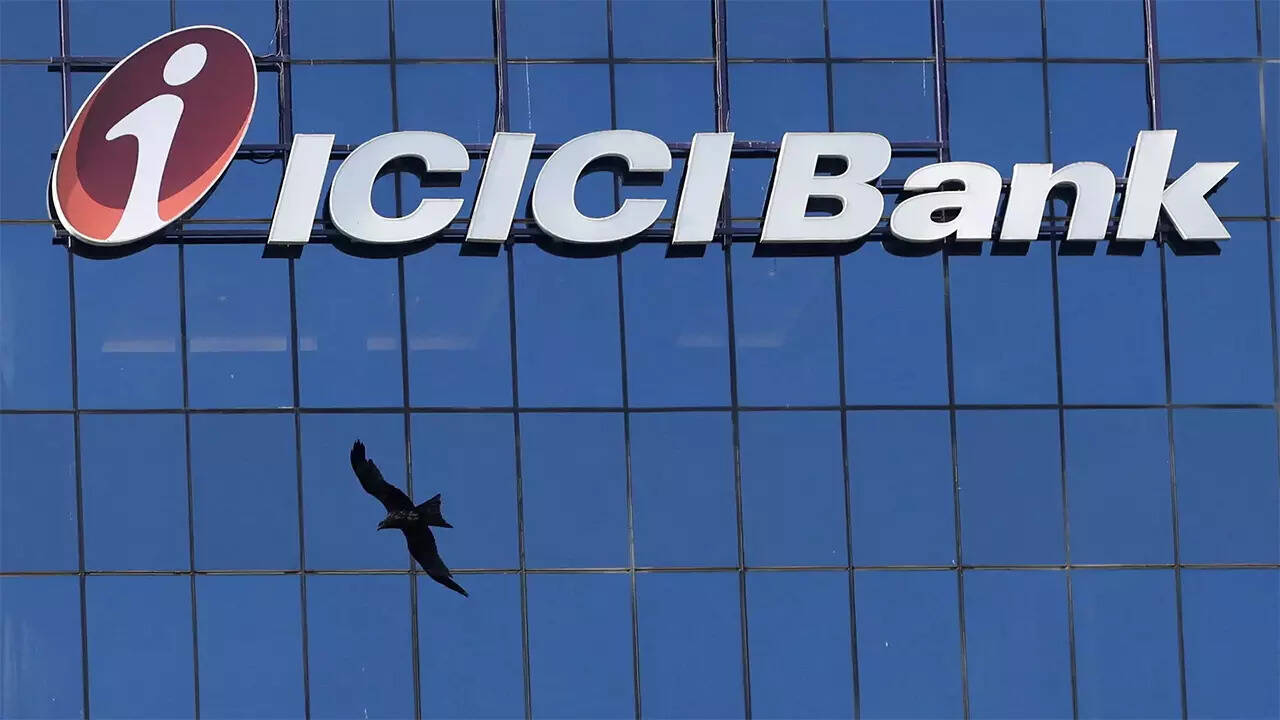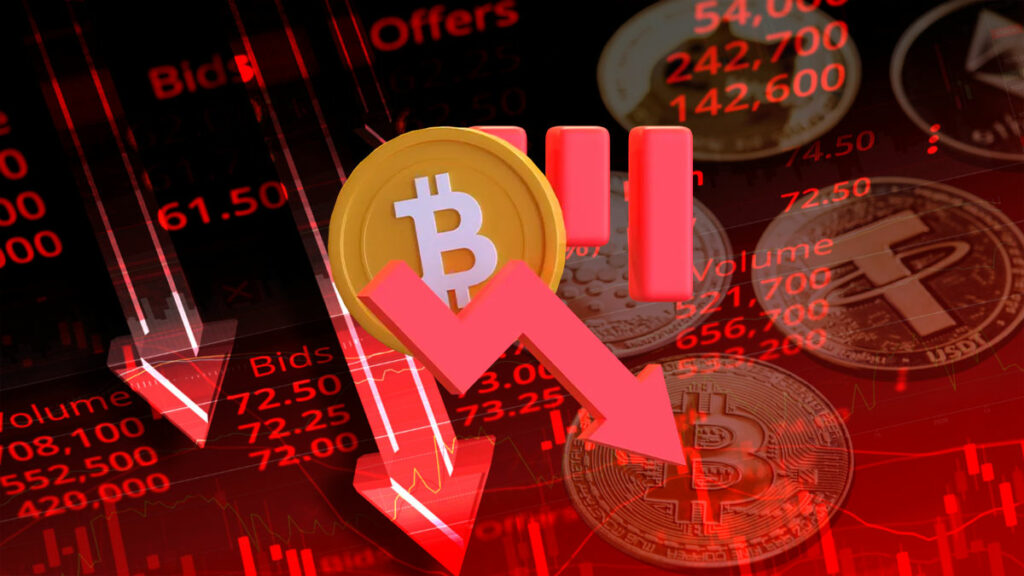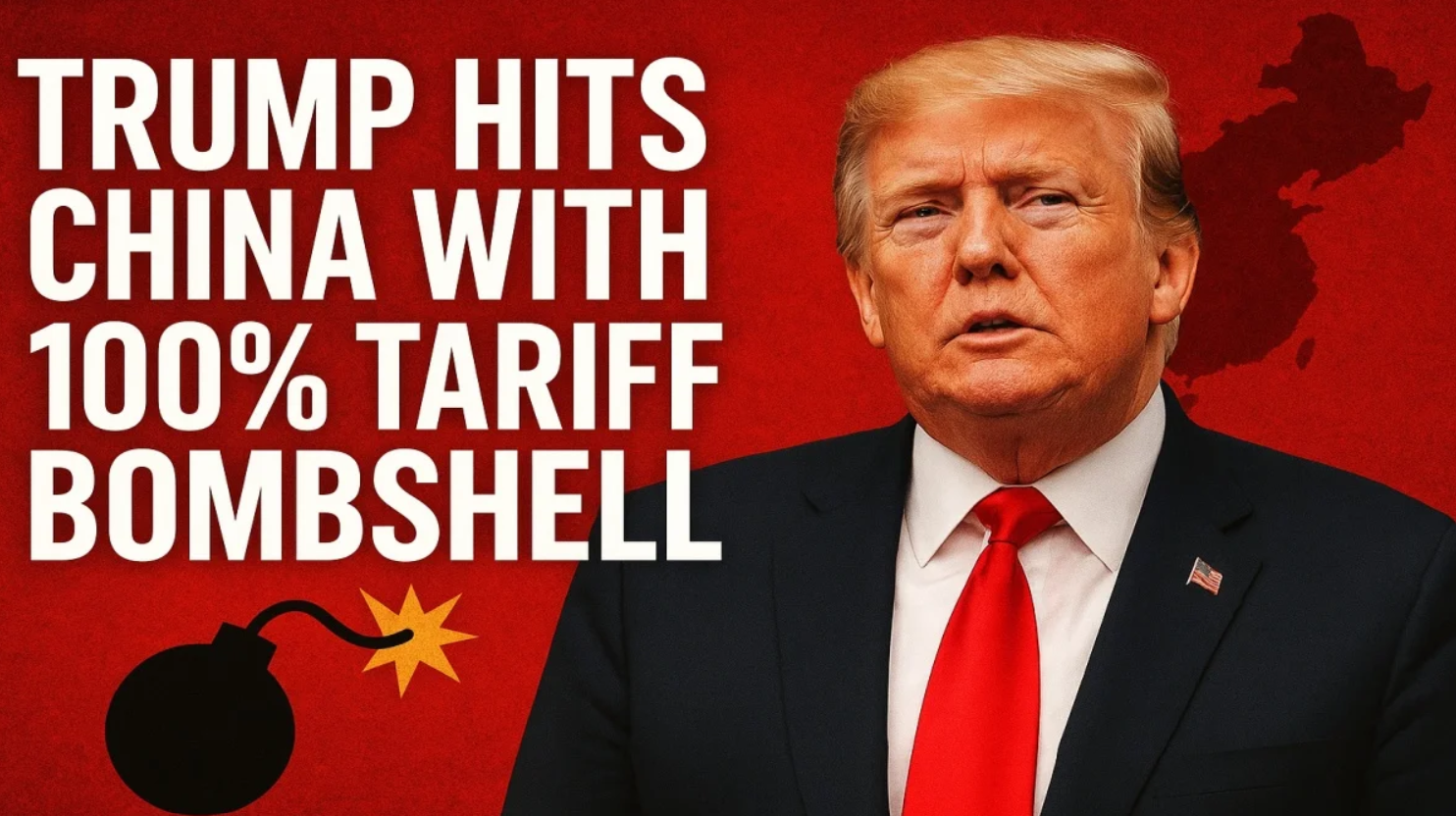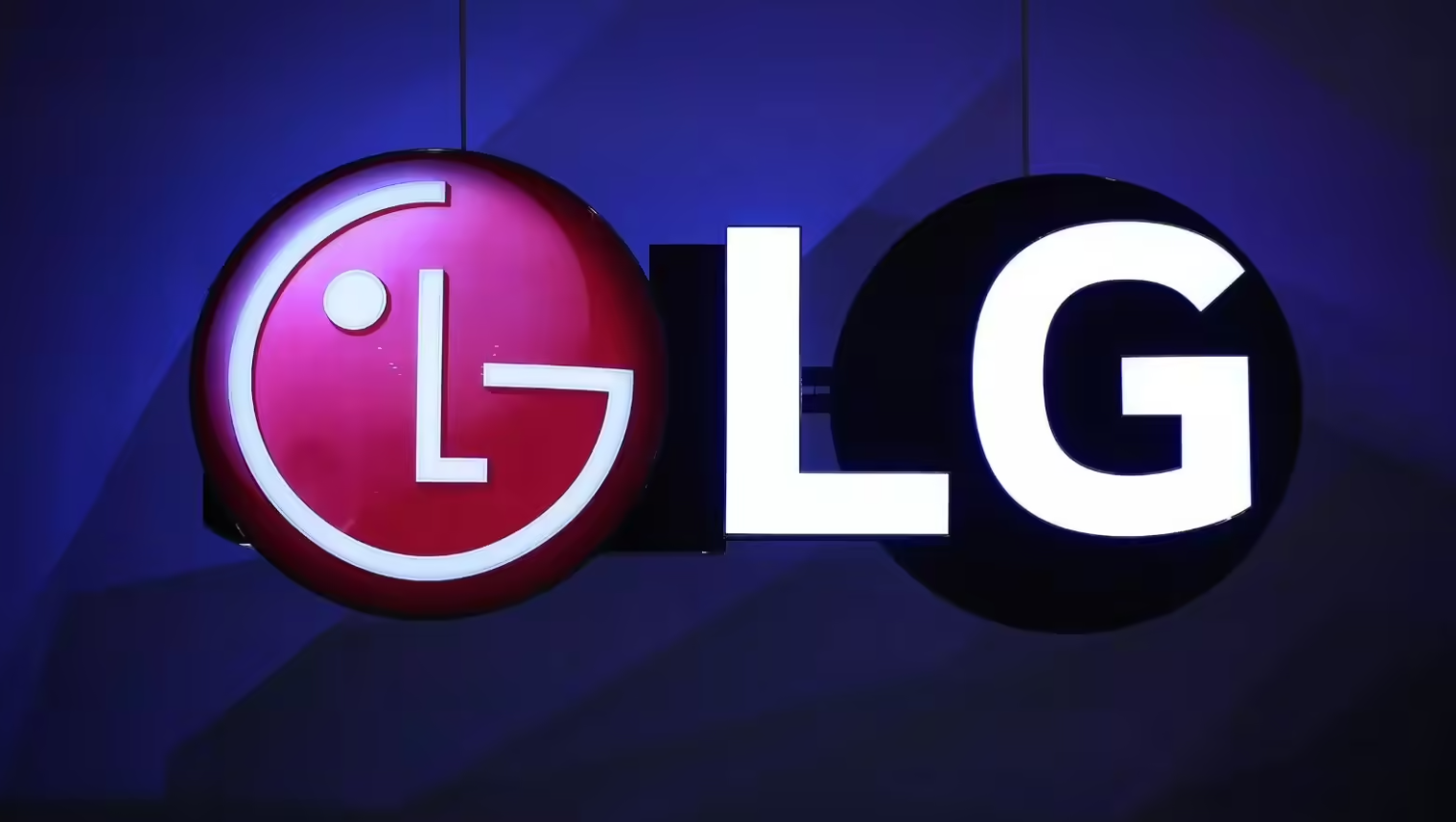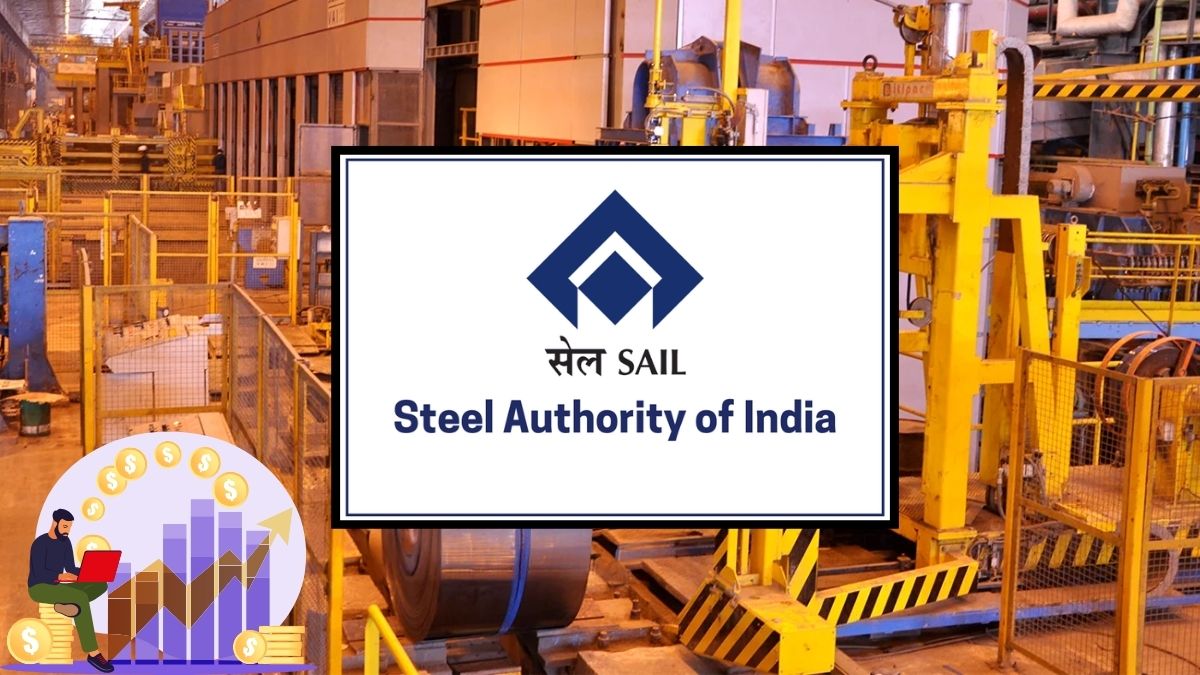Both HDFC Bank and ICICI Bank, two of the most heavily weighted stocks in the Bank Nifty index, saw a surge in their stock prices following the release of their quarterly results. On the first trading day after the announcement, HDFC Bank gained 2.20 percent while ICICI Bank moved up 2.81 percent. With these sharp movements, traders are now turning to technical charts to predict what comes next, while long-term investors are assessing whether the bullish momentum has more room to grow through the rest of 2025.
ICICI Bank, in particular, is drawing strong interest from technical analysts. On the weekly charts, the bank's stock has been maintaining a clear pattern of higher highs and higher lows, which is considered a textbook indicator of a bullish trend. This pattern aligns with Dow Theory, suggesting that the broader uptrend is still intact. The stock is currently trading within a rectangle formation, which usually represents a consolidation phase. However, given the overall bullish structure, a breakout from this range is expected to continue the rally.
One important indicator supporting this bullish case is the 50-week exponential moving average. Analysts have plotted a channel using the highs and lows of this moving average, and the stock has consistently respected the rising trendline that runs through this channel. Bulls appear to be accumulating shares at every opportunity, especially around this support area. Unless the stock breaks down below both the moving average channel and the trendline, the momentum remains on the side of the buyers.

HDFC Bank’s chart paints a similarly encouraging picture. The stock recently reached an all-time high of ₹2,022 before the earnings announcement. Despite such a sharp move, the technical structure continues to show strength. The weekly chart shows the same higher high and higher low formation that signals an ongoing uptrend. What makes this chart even more interesting is the formation of an ascending triangle that the stock broke out from in 2024. This kind of pattern is typically a bullish continuation signal.
After the breakout, the stock pulled back to retest the triangle’s upper boundary. In technical analysis, such a retest is often seen as a strong confirmation of the breakout, especially when the price rebounds with renewed strength afterward. This is exactly what HDFC Bank has done. The stock resumed its upward movement following the retest, signaling that traders and institutional investors used the dip as a second entry point. With these formations holding and momentum indicators still positive, analysts believe the stock could continue its bullish trajectory into the second half of 2025.
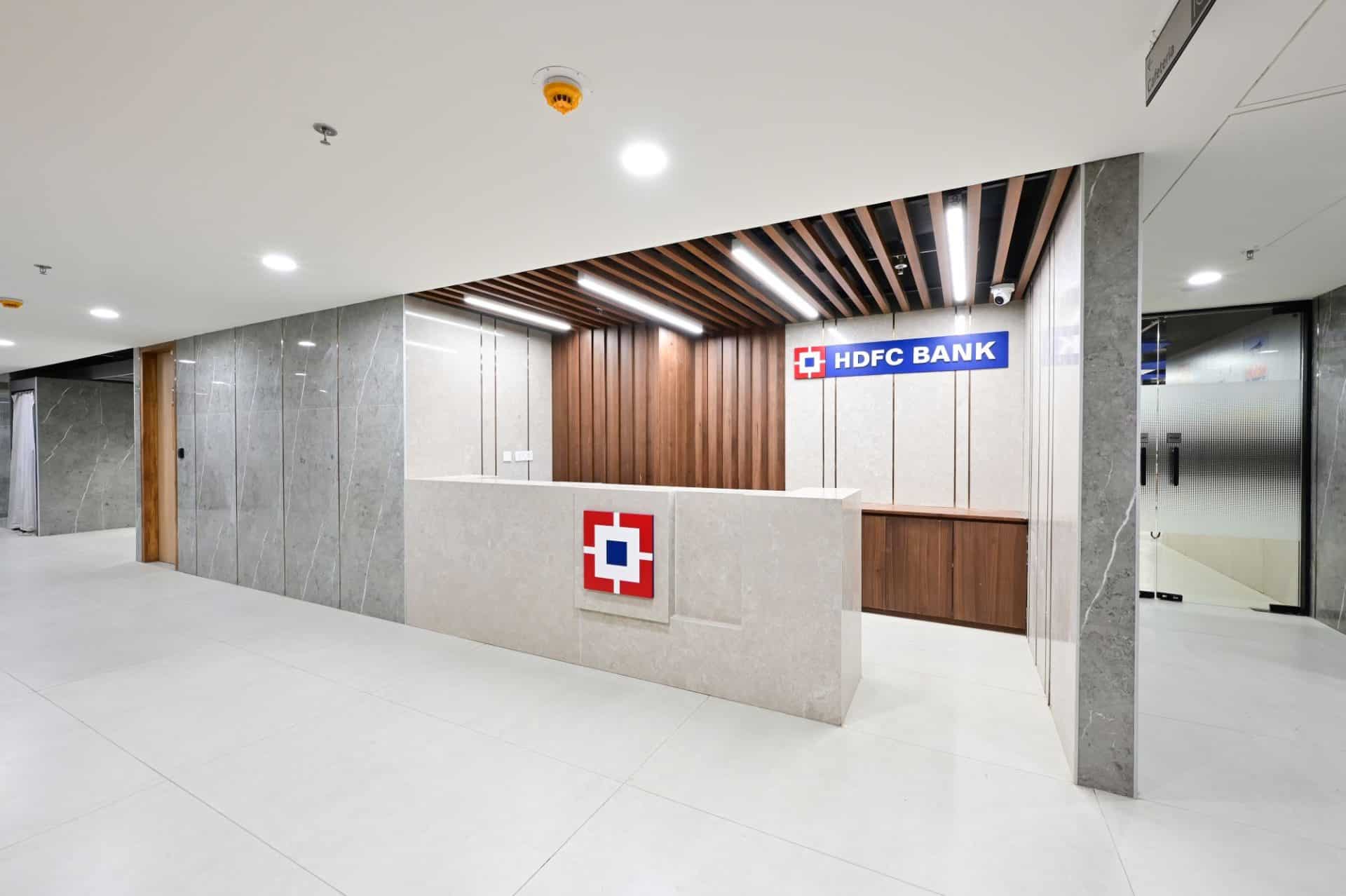
What both charts show is a market that is rewarding strong earnings with sustained buying pressure. These trends are not short-lived rallies triggered solely by headline results. Instead, they are being reinforced by consistent technical structures that suggest smart money is positioning for continued growth. The key support levels on both stocks are being respected, and resistance levels are gradually being taken out, which are important signs for technical traders.
For long-term investors, this is a moment to consider whether these stocks fit into their broader portfolio strategy. While it is essential to account for individual financial goals, risk appetite, and overall asset allocation, strong technical and fundamental signals combined offer a compelling case for attention.
Traders, on the other hand, are likely to continue monitoring breakout patterns, support zones, and volume confirmations to time their entries and exits. The charts suggest that unless broader market sentiment shifts drastically or any negative macroeconomic developments arise, the momentum in both stocks is likely to continue through much of 2025.
To stay updated with more market insights, expert chart analysis, and stock movement breakdowns like this, follow You Finance on Instagram and Facebook. We bring you finance content that is timely, simple, and investor-friendly every day.




